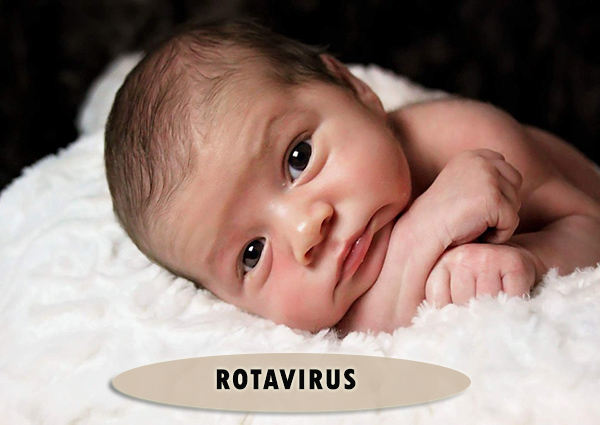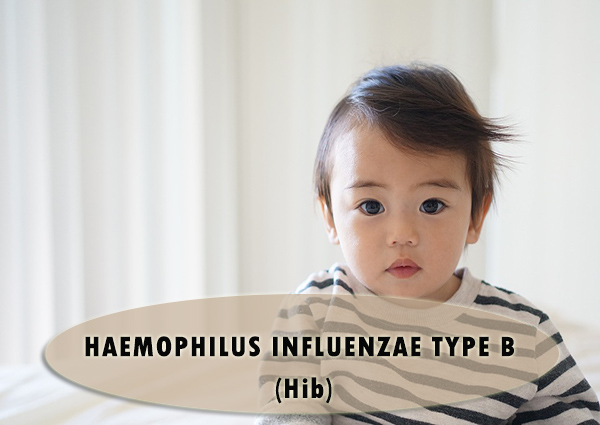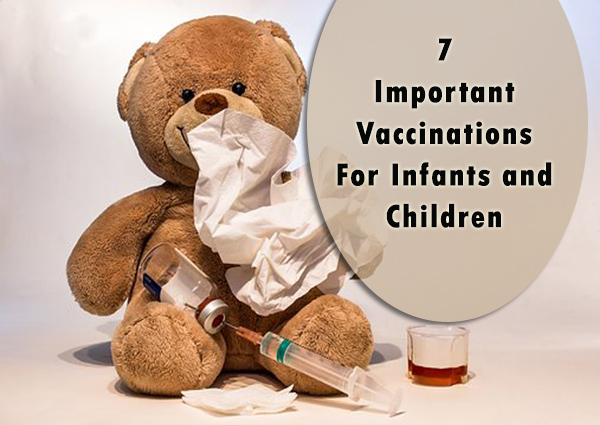7 Important Vaccinations For Infants and Children
In this article, you will learn about 7 important vaccinations for infants and children. Routine vaccines are suggested in children between ages 0 and 6 years to stop a number of dangerous or even deadly diseases. The suggested schedule is available through the Centers for Disease Control and Prevention.This article will review the 7 most important vaccinations for children between the age of 0 and 6 years.
1. HEPATITIS B

Inflammation of the liver (hepatitis) can be induced by autoimmune diseases, chemical agents, toxic drugs, parasites, and several viral infections, including hepatitis B virus (HBV). In fact, the HBV virus often resolves or causes no traits, HBV can cause lifelong liver disease that leads to increased liver scarring (cirrhosis) or liver cancer. HBV is spread by contact with an infected person’s body fluids, such as during unprotected sexual intercourse, by sharing infected needles, or from touch with contaminated blood or blood products. In addition, HBV can be spread from an infected pregnant woman to her baby.
Although most of the newborns are not at high risk of becoming infected with HBV, immunizing during childhood is the most effective way to ensure their lifetime protection.For this Child Specialist in Mahavir Enclave are doing their work so well.
2. DIPHTHERIA, TETANUS, PERTUSSIS

Diphtheria is a highly communicable disease. It is usually transmitted via droplet particles that are sneezed or coughed into the air. It can create a thick covering in the rear of the throat that could lead to breathing problems or heart failure.
Tetanus is another very severe infection that is caused by a bacterial virus. The bacteria reside in soil and the internal tracts of several mammals. It enters the body through an exposed wound, reproduces, and produces a toxin that can affect nerves managing muscle activity. A common trait of tetanus infection is stiffness of the jaw muscles (lockjaw).Pertussis, or raging cough, is an upper respiratory disease caused by a bacterium. The organism is highly communicable, grows easily, and can cause severe illness, particularly in infants.
Tetanus and diphtheria diseases are rare because of the large numbers of people who have already been immunized. However, the number of newborns who are affected by pertussis is growing despite widespread vaccination. The good news is that newborns who are immunized against pertussis disease are usually less ill than those who are not immunized.
3. POLIOMYELITIS

Through the first half of the 20th century, poliomyelitis (also known as polio) was a significant cause of serious illness and death throughout the world. It is still an important health problem in some of the developing countries. Before a vaccine was prepared, more than 20,000 cases of polio were reported per year. The initial signs of polio include muscle weakness and fatigue; eventually, the illness can lead to paralysis and even death.
All children should be immunized against polio to avoid new disorders. The polio vaccine is made from an abolished virus and is injected (called IPV). In different countries, where polio disease is yet a major problem, oral polio vaccine (OPV) is given.
4. ROTAVIRUS

Rotavirus is the only most major cause of intractable diarrhea and dehydration in infants. A rotavirus vaccine is suggested for all infants. Two vaccines are available: Rotarix (RV1) and RotaTeq (RV5).
5. HAEMOPHILUS INFLUENZAE TYPE B (Hib)

Until the mid 1990s, Haemophilus influenza serotype b (Hib) was the most constant cause of bacterial meningitis (swelling of the top of the brain) in children. It was also responsible for other severe bacterial infections including joint, throat, and skin infections. The extensive use of Hib vaccines in childhood has led to a dramatic drop in the number of invasive Hib disease in children. However, the disease remains prevalent in countries that do not use the vaccine. Despite its name, Hib is not associated with the influenza virus.
6. PNEUMOCOCCAL

Streptococcus pneumoniae (pneumococcus) can cause severer infections, including pneumonia and meningitis, which can be deadly in young children. This is also true in older children with a prolonged medical condition or a weakened immune system.
Before infants were regularly immunized against pneumococcus in the United States, there were nearly 17,000 cases of invasive disease each year between children younger than 5 years of age, including 700 cases of meningitis and 200 deaths.
7. INFLUENZA

Generally known as flu, influenza is a highly infectious viral infection that occurs in outbreaks worldwide, usually during the winter periods. Infants and those with some underlying medical conditions are at an increased risk for critical or complex influenza virus. Immunizing all the children and adults can help in reducing the risk. The influenza vaccine does not stop illnesses such as the strep throat or common cold.
Immunization against influenza is suggested for all persons older than 6 months.


